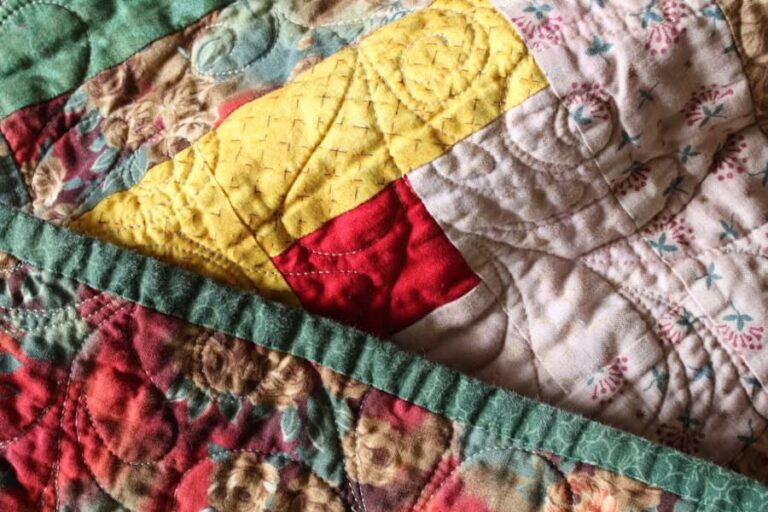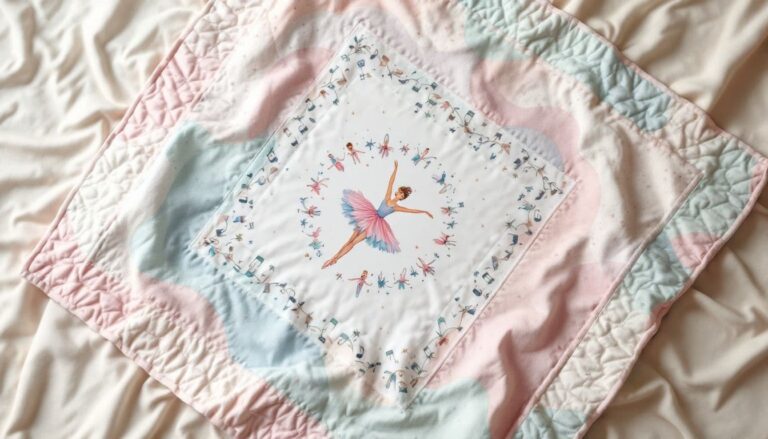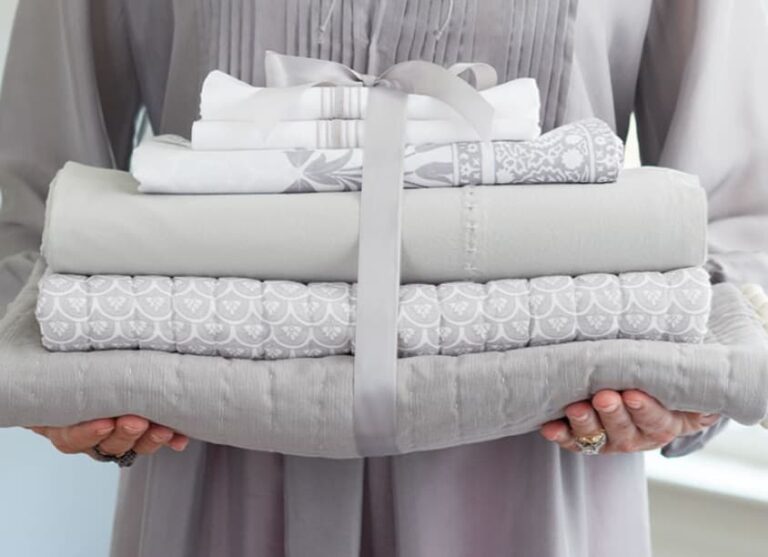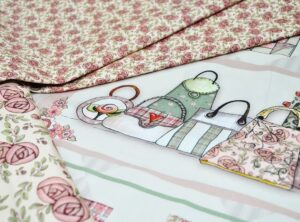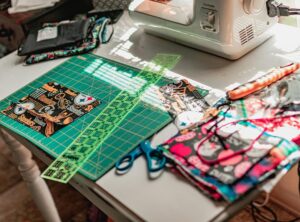Quilting is a beautiful craft that blends artistry with skill, transforming layers of fabric into functional and decorative pieces. Whether you’re creating a cozy blanket or an intricate wall hanging, mastering essential quilting techniques will set you on the path to success. If you’re just getting started, here are five quilting techniques every beginner should know.
1. Stitch in the Ditch
“Stitch in the ditch” is one of the most fundamental quilting techniques and a great place to start for beginners. This method involves sewing directly along the seams (or “ditch”) of your quilt blocks, ensuring that the quilting stitches are nearly invisible on the front of the quilt.
How to do it:
After piecing together your quilt top, place your quilt sandwich (quilt top, batting, and backing) under the presser foot of your sewing machine. Stitch along the seam lines, keeping your stitches as close to the seam as possible. This technique helps stabilize the quilt while letting the piecing design take center stage.
Tip for beginners:
Use a walking foot on your sewing machine to help guide the layers evenly. It ensures that the fabric doesn’t bunch or stretch while sewing.
2. Echo Quilting
Echo quilting is another beginner-friendly technique that adds texture and depth to your quilt by outlining shapes within your quilt top. This method is particularly popular for highlighting specific quilt designs or patterns.
How to do it:
Start by stitching around the edge of a block, applique, or shape on your quilt top. Then, sew additional lines of quilting that “echo” or follow the contours of that shape, spaced at regular intervals, such as ¼ or ½ inch apart.
Tip for beginners:
If you’re working on a more complex design, like the Eclipse Quilt Pattern, echo quilting can be a great way to accentuate circular or curved shapes, creating a striking visual effect.
3. Crosshatch Quilting
Crosshatch quilting involves stitching straight lines in a grid-like pattern across your quilt. The lines can be either diagonal or parallel to the edges of the quilt, forming a grid of squares or diamonds. This technique is perfect for creating a classic, clean look that complements a wide variety of quilt designs.
How to do it:
Using a ruler and fabric marking pen, draw evenly spaced parallel lines across your quilt top, then sew along those lines. Repeat the process in the opposite direction to create the crosshatch pattern.
Tip for beginners:
For more consistent results, use a quilting guide bar to keep your stitching lines evenly spaced without needing to mark each line. This technique adds a timeless charm to any quilt, especially traditional block patterns.
4. Free-Motion Quilting
Free-motion quilting allows for a more artistic and free-flowing style. Unlike the structured straight-line methods, free-motion quilting gives you the freedom to “draw” designs on your quilt using your sewing machine. This technique lets you add swirls, loops, flowers, or even custom patterns to your quilt.
How to do it:
Lower or disengage the feed dogs on your sewing machine, which allows you to move the quilt in any direction. Use a darning or free-motion foot, and guide the quilt with your hands, creating fluid, continuous designs as you sew.
Tip for beginners:
Practice on a small scrap quilt sandwich before attempting free-motion quilting on your actual quilt. Focus on consistent speed and smooth movements to avoid uneven stitches.
5. Meander (Stippling)
Meander quilting, also known as stippling, is a variation of free-motion quilting. It involves stitching in a random, non-overlapping pattern of curves and loops, creating an all-over texture that helps hold the quilt layers together.
How to do it:
As with free-motion quilting, lower the feed dogs and use a free-motion foot. Begin stitching in gentle curves and loops, changing direction often to create a pattern that looks like wandering lines.
Tip for beginners:
Avoid crossing over your lines, as the goal is to create a meandering, flowing design. Stippling is ideal for filling large areas and is often used as a background quilting design.
Quilting is a journey that combines creativity with technique. By mastering these five essential quilting methods—stitch in the ditch, echo quilting, crosshatch quilting, free-motion quilting, and meandering—you’ll gain the foundational skills needed to bring your quilting projects to life. Whether you’re working on your first quilt or exploring more complex designs like the Eclipse Quilt Pattern, these techniques will help you create beautiful, lasting quilts.

